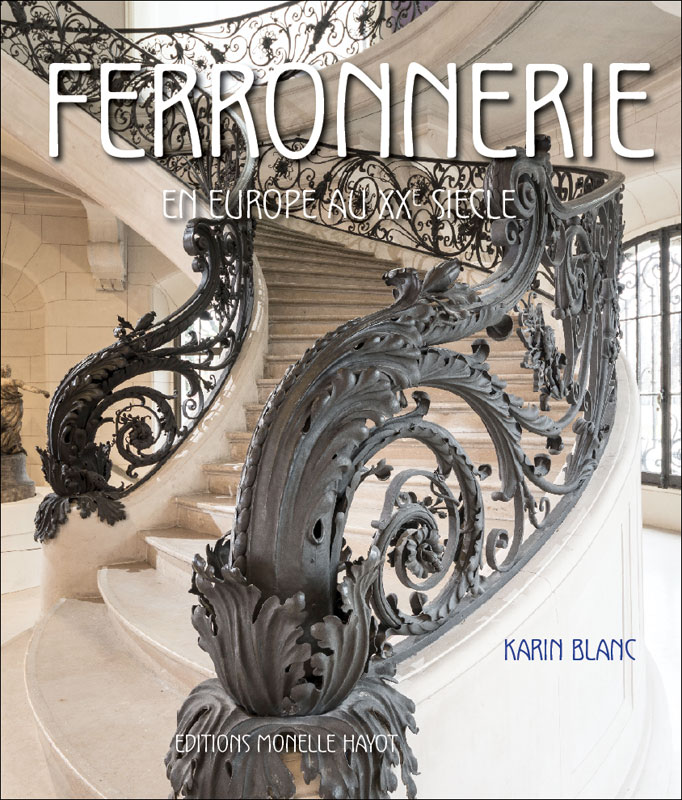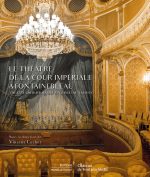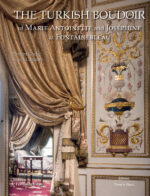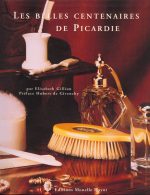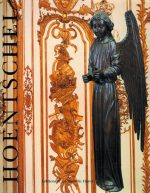Ferronnerie
en Europe au XXe siècle
Author
Cast iron reigned all over in the 19th century but, due in great part to French ferronnier Emile Robert and to the 1900, 1925, 1931 and 1937 international Exhibitions in Paris, wrought iron experienced a very important revival in the first half of the 20th century. Major works using this medium can still be seen in Paris, Bordeaux, Lyon, Reims and Nancy but most of their authors are now forgotten.
This book retraces the careers of about thirty of these artists. Many of them continued using the traditional methods developed in the 12th and 13th centuries while some championed the new and easier oxyacetylene torch, also known as the autogenous welding gun. With the help of roughly a thousand images, the book presents their architectural wrought iron for banks, department stores, ocean liners, post offices, churches and apartment buildings or townhouses. A superb staircase railing with an iris motif by Emile Robert on boulevard de Courcelles echoes the vestibule railings of the Théâtre des Champs-Élysées by Baguès. The hôtel Lalique balconies by Nics frères on the cours Albert Ier remind one of Edgar Brandt’s workshop cum townhouse on boulevard Murat. Adalbert Szabo’s monumental clock on the façade of the newspaper Le Temps announces Raymond Subes’ telescopic street lamps on the four corners of the Carrousel bridge. The book also presents their more delicate work on furniture, luminary in all sizes and shapes, clocks, vases, jewellery and even objects for daily use, like kettles or wine pourers.
But wrought iron also had an important development in Europe. Some artists came to study and work with their colleagues in Paris. Other presented works in international Exhibitions and won prizes. A few architects designed the wrought iron elements of their constructions. The book presents in less detail Franz Haguenauer’s metal sculptures in Vienna, Gustave Serrurier-Bovy’s furniture and objects with much wrought iron in Belgium and Eric Ehrström’s doors for the buildings of Gesellius, Lindgren and Saarinen in Helsinki. Josep and Luis Badia i Miarnau’s work for Antoni Gaudí in Barcelona, Alessandro Mazzucotelli in Milan and Giuseppe Michelucci in Florence, Jan Eisenloeffel in the Netherlands, Julia Keilowa in Warsaw, Gyula Jungfer in Budapest are other examples. As well as the designs of architects Jan Kotěra and Josef Gočár in Prague, Fyodor Schechtel in Moscow, Gunnar Asplund in Stockholm and Raimondo d’Aronco in Istanbul.
- Format:
- 24 x 28 cm
672 pages
more than 1 000 illustrations - Binding:
- Hardbound under laminated jacket
